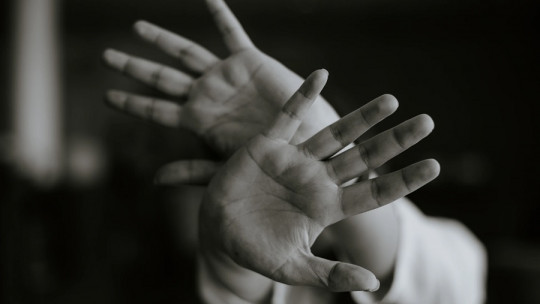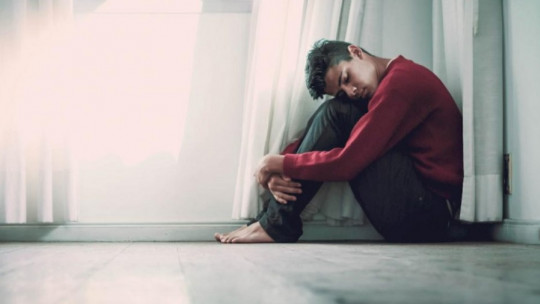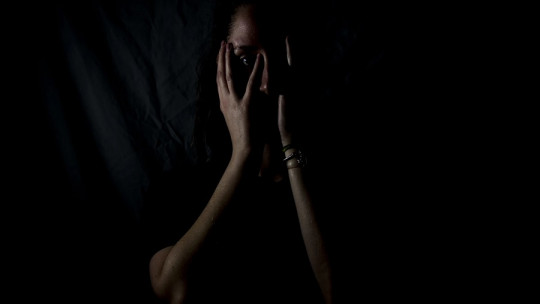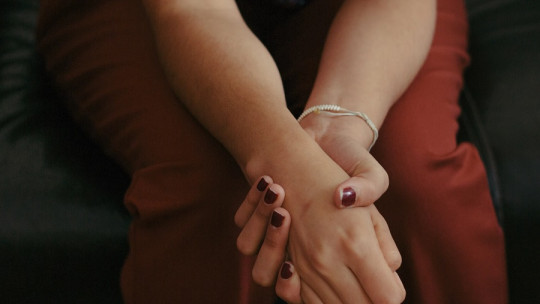
There are certain situations in life that we tend to fear, such as being sexually assaulted (especially women, given the marked sexist culture). That is logical, since fear is a warning mechanism that protects us from future dangers.
But what happens when you have that fear even in your own home? Or when you obsess over the fact that at any moment you are in danger of being assaulted, raped, or sexually abused? So we talk about contraltophobia Let’s get to know this phobia in detail.
What is contraltophobia?
Contreltophobia (also called agraphobia; not to be confused with agoraphobia) is the fear or phobia of suffering sexual abuse, assault or rape This fear goes beyond the “normal” fear of this happening, since it is logical to be afraid of being raped or abused.
In addition to intense fear, there is avoidance of situations associated with the feared (or phobic) stimulus or situation (or if they are not avoided, they are endured with great anxiety), interference in daily life, and irrationality or disproportionality of fear as discussed below.
Symptoms
We know that contraltophobia is a specific phobia. In the DSM-IV and DSM-5, there are 5 types of specific phobias: animal phobia, natural environment/environmental phobia, blood-injection-injury phobia, situation phobia (situational phobia) and finally other types of phobias.
Specifically, contreltophobia could be included in this last category, that of “other types of specific phobia.” This category also includes other similar fears, such as choking, vomiting, contracting an illness, or, on the other hand, fear of costumes or loud noises in children.
The symptoms of contreltophobia are the most important of a specific phobia and which correspond to the diagnostic criteria of the DSM-IV and DSM-5 (Diagnostic and Statistical Manual of Mental Disorders) are:
1. Intense fear reactions
This fear is disproportionate to the object or situation that originates it, as well as irrational.
2. Avoidance
Furthermore, avoidance responses appear when the phobic stimulus must be faced; or, if the stimulus is not avoided, it is faced with a lot of anxiety and/or with the presence of a companion.
3. Interference
The phobia causes significant discomfort or impairment in functioning of the person.
4. Duration of 6 months
To diagnose a specific phobia, it is necessary that this fear last for at least 6 months in those under 18 years of age (in the DSM-IV). In the DSM-5, however, the specification of “under 18 years of age” is removed, and the duration is established for all people, regardless of age.
5. Exclusion of other disorders
The symptoms of the phobia are not explained by another mental disorder, a medical illness, or the effects of a substance.
How does contraltophobia appear?
This fear (not a phobia) usually manifests itself in women especially when they find themselves in certain situations (for example, walking alone on a lonely street at night; although this should not happen, it still happens).
However, when the phobia itself appears, contreltophobia, This occurs in both women and men ; In this case, people who suffer from it interpret almost any everyday situation as potentially dangerous. In this way, any situation is feared because one thinks it will lead to abuse, rape and/or aggression.
Causes
The causes of contraltophobia can be diverse. Some of them are:
1. Episodes of sexual abuse
These episodes can also be rape or sexual assault, and usually have occurred in childhood. This is what we call in psychology direct conditioning.
We must, however, carry out a good differential diagnosis in the case of post-traumatic shock or post-traumatic stress disorder (PTD), in cases of victims of recent abuse; In these cases, the behavior and fear are the same, but they are not considered a phobia in itself.
2. Witnessing a sexual assault
Vicarious conditioning, or having witnessed or observed a sexual assault on a third person can also trigger contraltophobia.
3. Transmission of information
It is not always necessary to have experienced sexual assault (or witnessed it on another person) to acquire contreltophobia. Sometimes, hearing stories of people who have suffered this type of abuse, assault and/or rape (as well as their reactions of fear and panic), can be enough to develop contraltophobia.
Given these stories, anxiety can trigger and the person immediately puts themselves in the victim’s place, thinking that it could also happen to them in the future.
Treatment
When the initial fear, considered “normal”, of suffering such damage, triggers contreltophobia (with the symptoms that this implies), it is advisable to go to a specialist to treat it. It is important that people around them practice empathy and not downplay the person’s concerns (even though “a priori” they may seem disproportionate).
It will be necessary to treat cognitive distortions associated with conrteltophobia (which can distort reality); This can be done with cognitive behavioral therapy and, more specifically, with cognitive restructuring. On the other hand, this will also include the disapproval of situations that are considered dangerous or the uncontrollable nature of fear.
At the level of behavioral treatment, exposure therapy can be used (exposure to the phobic stimulus or situation can be several), combined with the use of self-instructions and/or relaxation techniques.








